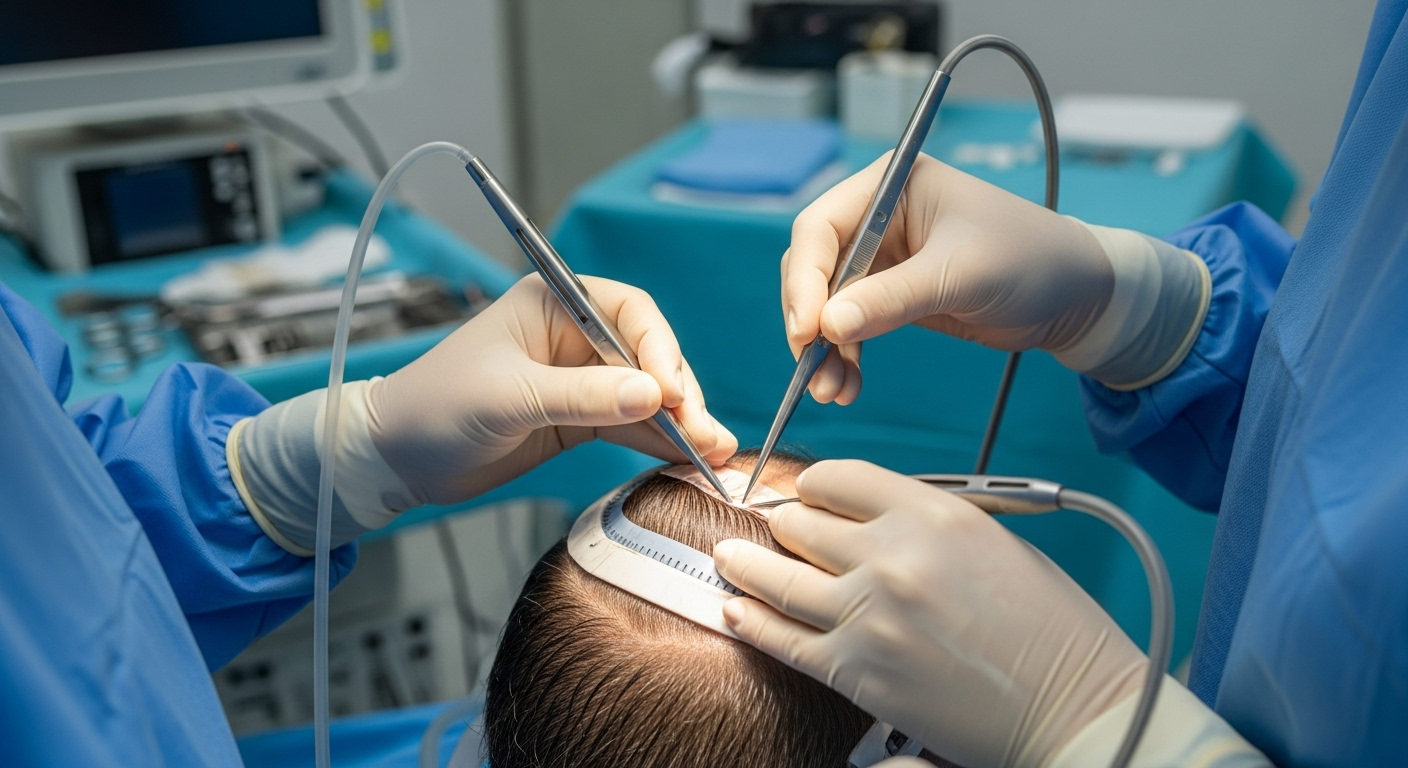Understanding Liposuction: A Comprehensive Guide
Liposuction is a popular cosmetic surgical procedure designed to remove excess fat deposits from specific areas of the body. This technique, often sought after for body contouring, has evolved significantly since its introduction in the 1970s. Today, liposuction offers patients a way to reshape their bodies and achieve desired aesthetic goals when diet and exercise alone have not produced the desired results.

The effectiveness of liposuction lies in its ability to permanently remove fat cells from treated areas. However, it’s important to note that liposuction is not a weight-loss solution but rather a body-shaping technique. Ideal candidates are those who are close to their target weight but struggle with stubborn fat deposits that resist diet and exercise.
What are the different types of liposuction techniques?
Over the years, several liposuction techniques have been developed to enhance results and minimize patient discomfort. Some of the most common methods include:
-
Tumescent liposuction: This is the most widely used technique. It involves injecting a solution of saline, local anesthetic, and epinephrine into the treatment area to minimize bleeding and facilitate fat removal.
-
Ultrasound-assisted liposuction (UAL): This method uses ultrasonic energy to liquefy fat cells before removal, making the extraction process easier and potentially less traumatic to surrounding tissues.
-
Laser-assisted liposuction: Also known as SmartLipo, this technique uses laser energy to break down fat cells before they are suctioned out.
-
Power-assisted liposuction (PAL): This method employs a motorized cannula that vibrates rapidly, helping to break up fat deposits for easier removal.
Each technique has its own set of advantages, and the choice often depends on the patient’s specific needs and the surgeon’s expertise.
What should I expect during and after liposuction surgery?
Liposuction is typically performed as an outpatient procedure under local or general anesthesia, depending on the extent of the treatment. The surgery usually takes between one to three hours, but this can vary based on the number of areas being treated.
During the procedure, the surgeon will make small incisions in the target areas and insert the cannula to remove excess fat. After the fat is removed, the incisions are closed with sutures.
Post-surgery, patients can expect some swelling, bruising, and discomfort in the treated areas. Compression garments are often recommended to help reduce swelling and support the healing process. Most people can return to work within a week, but it’s important to avoid strenuous activities for several weeks following the procedure.
Are there any risks or side effects associated with liposuction?
As with any surgical procedure, liposuction carries certain risks and potential side effects. While serious complications are rare when the procedure is performed by a qualified and experienced surgeon, it’s crucial for patients to be aware of possible risks, which may include:
-
Infection
-
Bleeding or hematoma
-
Contour irregularities or asymmetry
-
Numbness or changes in skin sensation
-
Fluid accumulation (seroma)
-
Poor wound healing
-
Skin discoloration or prolonged swelling
-
Adverse reaction to anesthesia
It’s essential for patients to discuss these potential risks with their surgeon during the consultation process and follow all pre-and post-operative instructions carefully to minimize complications.
How much does liposuction cost and what factors affect pricing?
The cost of liposuction can vary significantly based on several factors, including the number of areas treated, the amount of fat to be removed, the technique used, the surgeon’s experience, and the geographic location of the practice. On average, liposuction costs can range from $2,000 to $3,500 per treatment area in the United States.
| Treatment Area | Average Cost Range |
|---|---|
| Abdomen | $3,000 - $7,500 |
| Thighs | $2,500 - $5,000 |
| Arms | $2,000 - $5,500 |
| Chin/Neck | $2,000 - $4,500 |
| Back | $2,500 - $6,000 |
Prices, rates, or cost estimates mentioned in this article are based on the latest available information but may change over time. Independent research is advised before making financial decisions.
It’s important to note that liposuction is typically considered a cosmetic procedure and is not covered by health insurance. Many practices offer financing options to help patients manage the cost of treatment. When considering liposuction, it’s crucial to prioritize the surgeon’s qualifications and experience over cost alone, as the skill of the surgeon can significantly impact the results and safety of the procedure.
How can I find a qualified surgeon for liposuction?
Selecting a qualified surgeon is crucial for ensuring the safety and success of your liposuction procedure. Here are some steps to help you find a reputable professional:
-
Look for board-certified plastic surgeons: In the United States, check for certification by the American Board of Plastic Surgery.
-
Review the surgeon’s experience: Inquire about their specific experience with liposuction and ask to see before-and-after photos of previous patients.
-
Schedule consultations: Meet with several surgeons to discuss your goals and assess their approach and communication style.
-
Check hospital affiliations: Ensure the surgeon has privileges to perform liposuction at accredited medical facilities.
-
Read patient reviews and testimonials: While not definitive, these can provide insights into other patients’ experiences.
-
Verify credentials: Use state medical board websites to confirm the surgeon’s license and check for any disciplinary actions.
Remember, choosing a qualified surgeon is not just about achieving the best aesthetic results but also about ensuring your safety throughout the procedure and recovery process.
This article is for informational purposes only and should not be considered medical advice. Please consult a qualified healthcare professional for personalized guidance and treatment.






